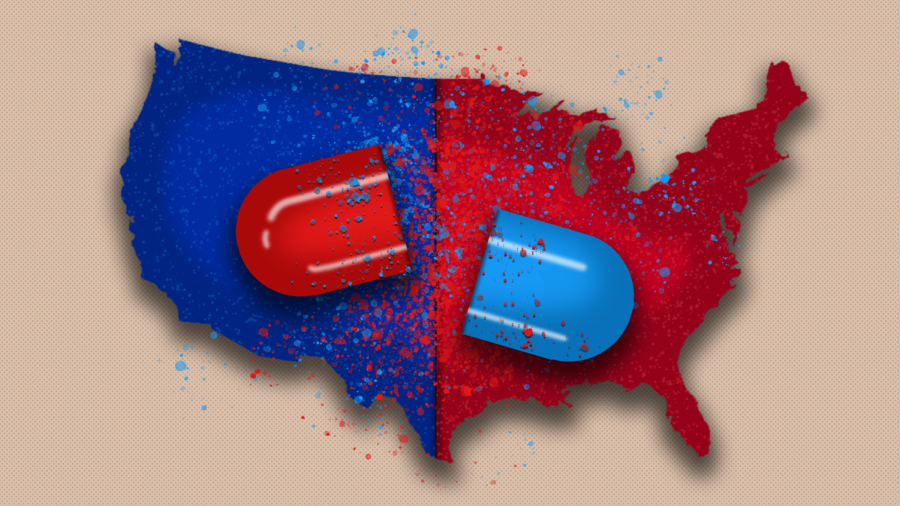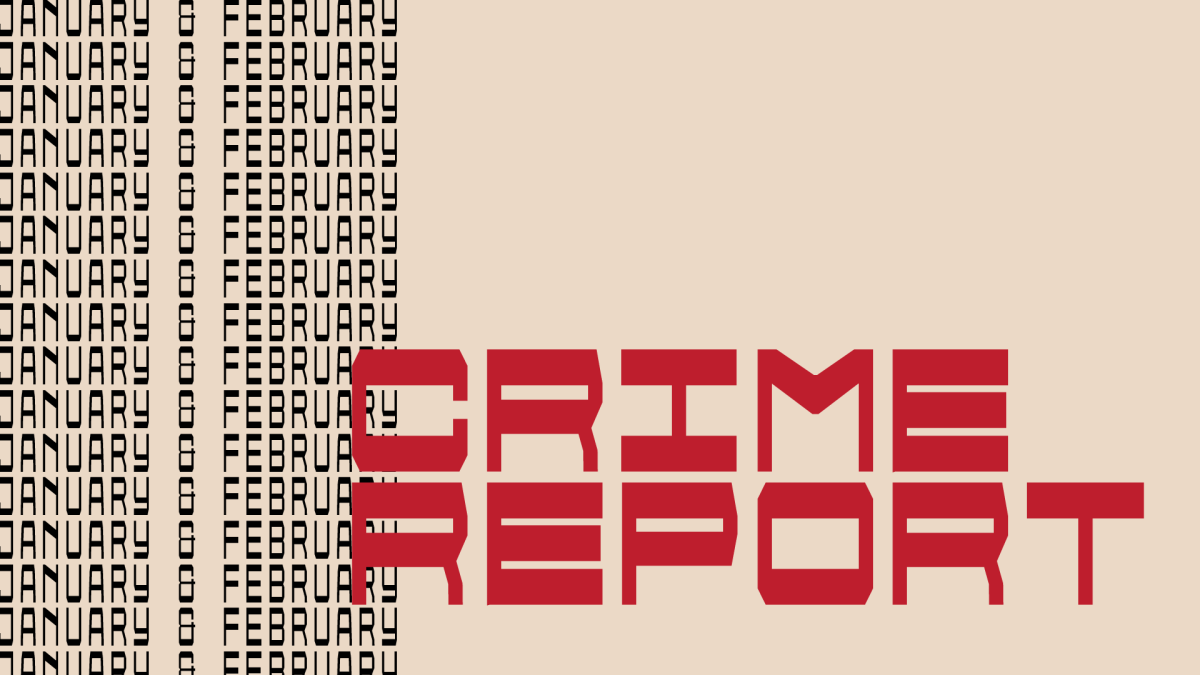Conley: Politicians Fall Short in Supporting Better Drug Policy
(Graphic by Madelyn Foulger | The Daily Utah Chronicle)
October 10, 2022
Since 1999, the rate of drug overdoses in the United States has quadrupled. Nearly a million have died as a result, and the trend has accelerated. Recent data shows a staggering 31% increase in overdose deaths from 2019 to 2020, and another 15% increase from 2020 to 2021. These statistics aren’t just numbers — they represent real people with families and communities dealing with the devastation of overdoses.
Evidence-based policies exist to address soaring drug fatalities. These policies include broadening access to addiction treatment, harm reduction measures and funding the distribution of Naloxone. Utah legislators need to take immediate action to implement such policies to save lives.
Implementable Policies
Harm reduction is one of the most effective tools we have. Providing clean needles and supervised drug injection sites, decriminalizing drugs, legalizing medical marijuana and ensuring access to uncontaminated narcotics have all been demonstrated to reduce mortality. These policies acknowledge that drug use is impossible to eliminate, yet attempt to keep drug users safe and alive.
Vancouver has operated a supervised drug injection site since 2003. They provide clean needles, counseling and a healthcare worker who watches for signs of overdose. Fatalities were down by 35% in the vicinity of the site as of 2017, despite an increase in most other parts of Canada. New York City has opened a few supervised sites, but very few places in the U.S. embrace them despite evidence that they help drug users and reduce crime.
Naloxone is a medication that can reverse the effects of opioid overdoses if administered quickly enough. Making use of its potential is another key step governments can take to save lives. States that have Naloxone distribution programs have seen an average 14% drop in opioid-related deaths. Ohio, Delaware and Iowa have made Naxalone free for residents, and several other states have made it available at public libraries or created directories of places that offer it.
The Utah State Legislature has made it legal for pharmacies to prescribe Naloxone, but it has failed to be proactive in widening access to the drug and educating the public about its life-saving potential. Family, friends and bystanders are often the ones who reverse overdoses with Naloxone, and kits can be purchased at Utah pharmacies.
Politicians must also take steps to help people with access to addiction and mental illness treatment services, which right now come nowhere near to meeting demand. People in crisis often aren’t capable of finding adequate treatment, and those without support networks can fall through the cracks. Government funding for addiction treatment programs would help reach those with lower socioeconomic status, and hopefully improve overall outcomes.
Our State Crisis
Utah is by no means safe from the national epidemic of opioids, methamphetamine and other substances. An average of 475 people die here every year from overdosing on opioids. This epidemic is fueled by an ongoing pandemic and the following economic downturn, which pressured Utahns already saddled with addictions and mental illness. The other driving factor in this tragedy is the overwhelming flood of synthetic opioids — mainly fentanyl — hitting the illicit drug supply. The national death rate tied to fentanyl has increased by a factor of 18 since 2013, and fentanyl itself has been calculated to be the leading cause of death in people aged 18-45.
Utah’s legislature has options, and they can set aside healthcare funding and create guidelines for providers that directly address substance abuse and mental health. Vermont has seen improvements recently because of its hub-and-spoke model of addiction treatment, which treats addiction as a chronic condition and creates a network of clinics across different regions to improve patient follow-up. Utah could save a lot of lives by embracing a similar approach.
As for the communities currently devastated by fentanyl, we need to supplement better healthcare with harm reduction measures. These measures would save thousands of lives and have the added benefits of alleviating homelessness, reducing crime and mitigating the economic toll drugs take on our state. Utah’s legislature can enact programs that set up supervised injection sites in urban areas and dedicated treatment clinics in rural ones. It can fund needle exchange programs and prioritize rehabilitation over criminalization. It can arm citizens with Naloxone and the knowledge of how to recognize and reverse an overdose. And it needs to act now.
Lack of Support
Despite the clear urgency of this issue, both major political parties tend to drag their feet on good drug policy. Republicans almost always oppose it based on absurd moral panic and an overblown emphasis on law and order, and Democrats sometimes don’t support these policies for political reasons or because of backlash fears.
Utah’s dominant GOP has not passed significant overdose prevention, with our leaders typically justifying inaction with a general opposition to government intervention of any kind. Republican leaders in several West Virginia counties recently shut down needle exchange programs meant to prevent HIV infections, citing concerns that such programs would encourage addiction. And Gov. Gavin Newsom of California, a Democrat, recently vetoed a bill that would have created supervised injection sites statewide, nakedly prioritizing his presidential aspirations over the wellbeing of his constituents.
We’ve known for decades that the way this country handles drug policy is harmful, but public opinion has shifted. Intelligent drug policy would be both popular and stem the tide of tragedy, and the cost of inaction is far too high.













